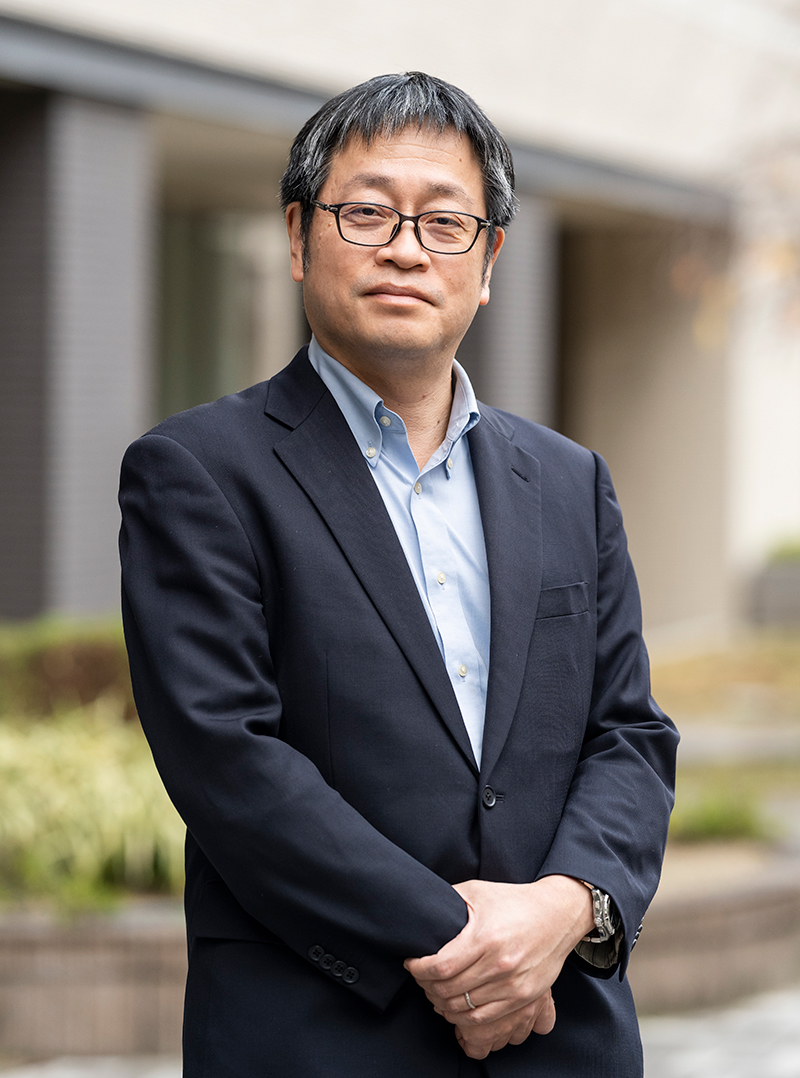
CiRA Reporter
CiRA Reporter

Focus
May 24, 2023
New Form of Drug Discovery Made Possible by iPS Cells (Part 2)

Kenji Osafune
My research focuses on three organs: the kidney, pancreas, and liver. Fourteen years ago, I joined CiRA to work on elucidating the pathogenic mechanism and advancing drug discovery of “polycystic kidney disease,” an intractable genetic kidney disease using iPS cells. Polycystic kidney disease is a progressive disease in which numerous cysts (fluid-filled sacs) form in the kidneys, causing kidney function to deteriorate. I am currently conducting research to create model cells for this disease and use them for drug discovery.
When I was a resident at the Kyoto University Hospital, the first disease I saw a patient die from was polycystic kidney disease. Polycystic kidney disease is the most common disease caused by a single genetic mutation, with more than 12 million patients worldwide. I am hoping my work will help to create better drugs and help as many patients as possible.
For the pancreas, we are using human iPS cells to develop a drug to stimulate insulin secretion for treating type 2 diabetes. For the liver, we are developing drugs that inhibit liver fibrosis, a symptom of “non-alcoholic steatohepatitis (NASH),” which is known to be associated with lifestyle diseases such as diabetes.
* The Japanese version of this article was published in CiRA Newsletter Vol.52.
Interview and article by Akihico Mori
(Translation: CiRA International Public Communications Office, Research Promoting Office)






















